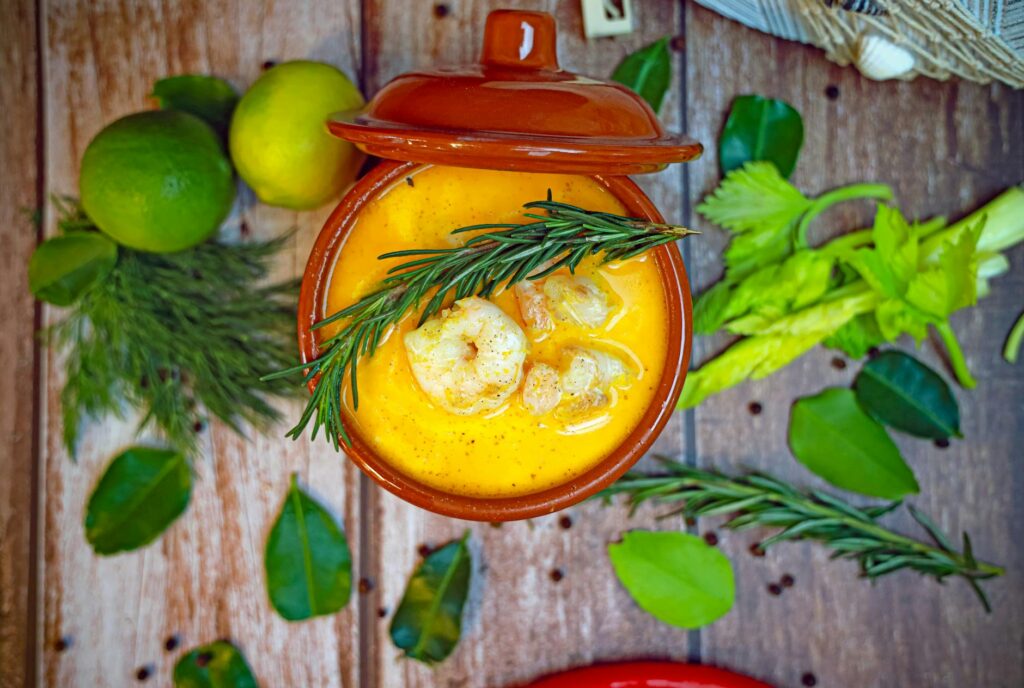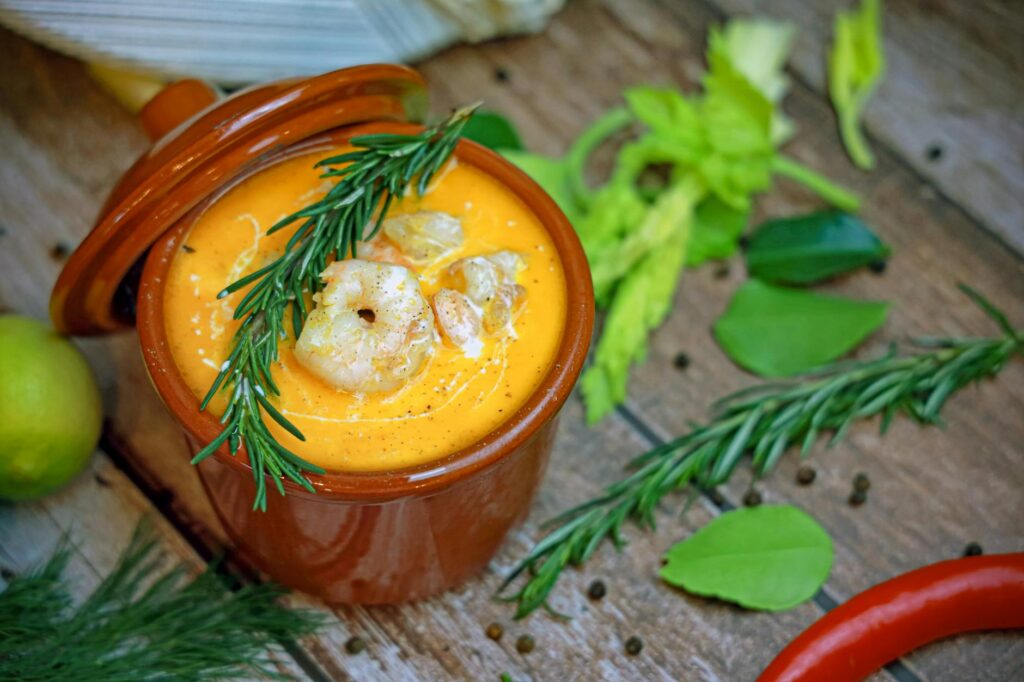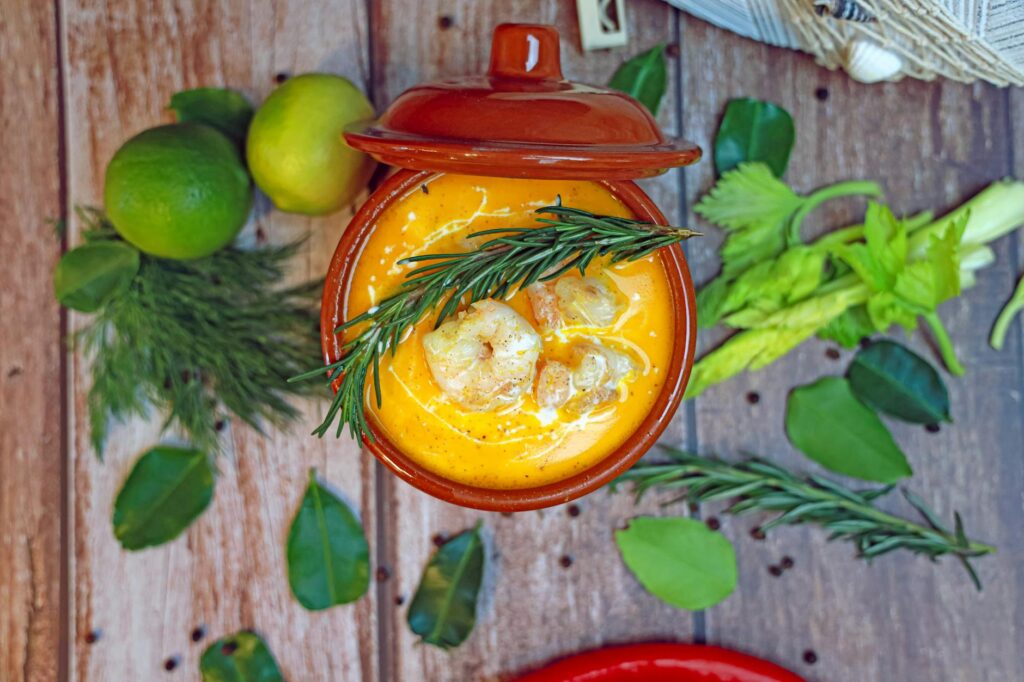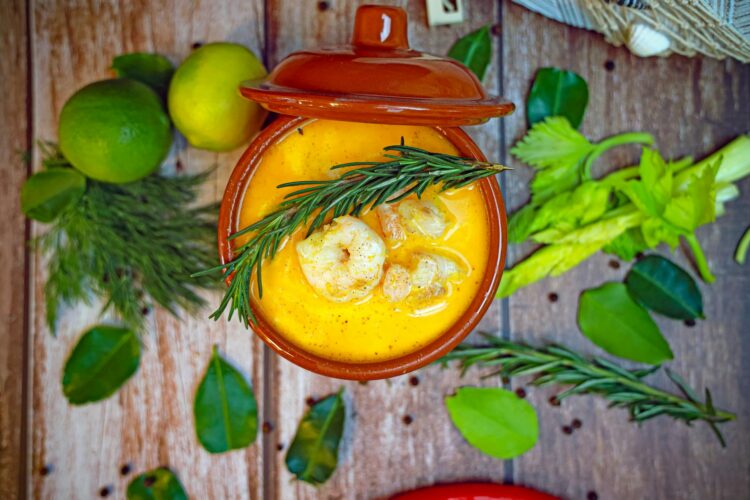Dive into the delicious world of clam chowder, a creamy and comforting soup that’s perfect for a chilly evening or a cozy weekend brunch. This classic New England recipe is surprisingly easy to make, and the result is a bowl of pure seafood heaven.
A Brief History of Clam Chowder
Clam chowder boasts a rich history, with variations appearing throughout New England’s coastal communities. While the exact origins are debated, its creamy texture and satisfying seafood base have made it a beloved dish for generations. Did you know that there’s even a difference between New England Clam Chowder and Manhattan Clam Chowder? Learn more about the variations in our comprehensive guide!
Ingredients You’ll Need
Gathering the ingredients for this recipe is a breeze. You’ll need fresh clams, of course! But also potatoes, celery, onions, bacon or pancetta (for extra flavor!), heavy cream, butter, and some basic seasonings. A good quality clam juice is also essential for that authentic taste. Check out this guide for selecting the best clams.
Step-by-Step Cooking Guide
Start by preparing your aromatics: sautéing diced onions and celery in butter until softened. Then, add diced potatoes and cook until partially tender. Next, add your clams and clam juice, simmering until the clams open.  Once the clams are cooked, it’s time to blend a portion of the soup for extra creaminess. This step is crucial for achieving the right texture.
Once the clams are cooked, it’s time to blend a portion of the soup for extra creaminess. This step is crucial for achieving the right texture.
The Art of Achieving that Creamy Texture
Achieving that signature creamy texture is where many clam chowder recipes succeed or fail. Using a combination of heavy cream and partially pureeing the soup creates a beautifully balanced mouthfeel. Don’t be afraid to experiment – some people even use a little milk or half-and-half! 
Serving Suggestions
Ladle your delicious clam chowder into bowls and garnish with fresh parsley, oyster crackers, or a swirl of extra cream. A simple side of crusty bread is the perfect accompaniment. For a more elegant presentation, consider serving it in small, oven-safe bowls and topping with a sprinkle of grated Parmesan cheese before broiling briefly. Explore more garnish ideas here.
Variations and Twists
While the classic recipe is divine, feel free to experiment! Add a pinch of smoked paprika for a deeper flavor, or try adding different vegetables like corn or carrots. You could even experiment with different types of clams for a unique taste profile. Find more creative variations online.
Tips for Success
Using fresh, high-quality ingredients will make all the difference in the taste of your clam chowder. Ensure that your clams are properly cleaned and that your vegetables are diced consistently for even cooking. And remember, don’t overcook the potatoes; they should be tender but not mushy. 
Conclusion
Making clam chowder is a rewarding experience, resulting in a bowl of pure comfort and deliciousness. So gather your ingredients, follow these steps, and enjoy a taste of the coast, right in your own kitchen. Don’t forget to share your culinary creations with your loved ones – it’s the perfect dish for sharing!
Frequently Asked Questions
What type of clams are best for chowder? Littleneck clams or cherrystone clams are excellent choices for their delicate flavor and tender texture.
Can I make this recipe ahead of time? Yes, this soup tastes even better the next day! Make it ahead and reheat gently before serving.
What if I don’t have heavy cream? You can use half-and-half or even full-fat milk, although the creaminess will be slightly less intense.
Are there any vegan options? Yes, you can replace the clams with hearts of palm or artichoke hearts for a vegetarian version. For vegan cream, coconut milk is a great substitute.
Can I freeze this soup? Yes, clam chowder freezes well. Allow it to cool completely before storing in airtight containers for up to 3 months. Learn more about freezing soups here.
